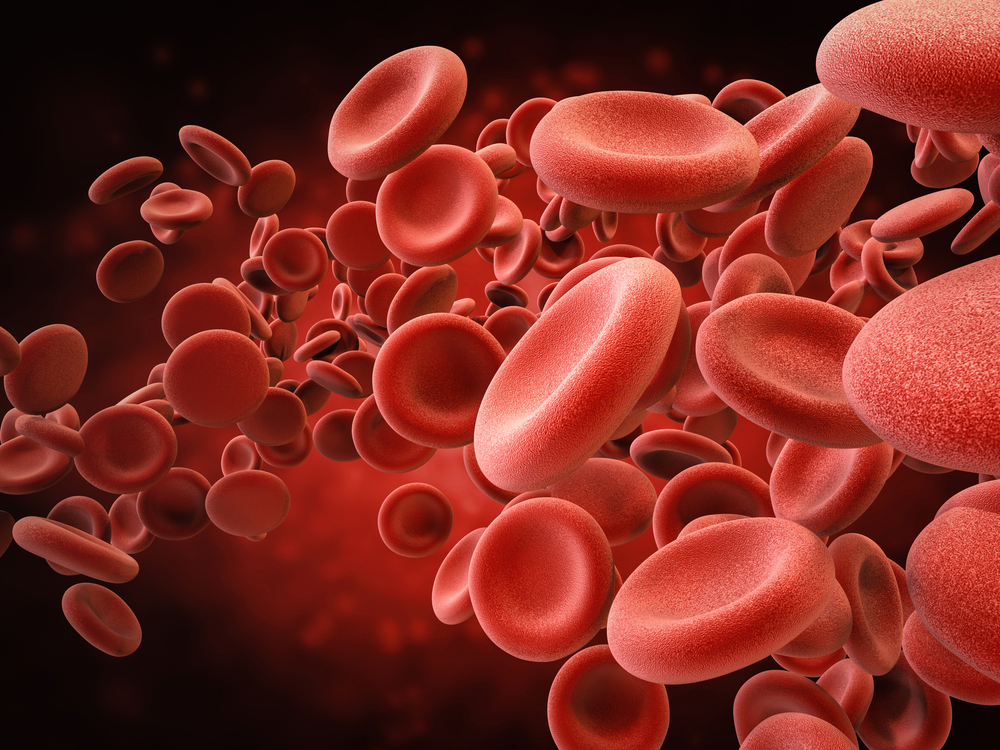Calcium Deposits More Common in Post-surgical Permanent Hypoparathyroidism, Study Reports
Written by |

Calcium deposits in the carotid arteries and brain are more common in people with permanent hypoparathyroidism who underwent thyroid removal surgery than in the general population, a study reports.
As such, calcifications should be monitored in this patient population, researchers said.
The study, “Prevalence of basal ganglia and carotid artery calcifications in patients with permanent hypoparathyroidism after total thyroidectomy,” was published in the journal Endocrine Connections.
Permanent hypoparathyroidism is characterized by abnormal parathyroid hormone levels leading to low calcium and increased phosphate levels in the blood.
A common cause of the condition is damage to the parathyroid glands — which are located behind the thyroid gland in the neck region — typically after a thyroidectomy or removal of the thyroid glands.
A well-known complication of long-term hypoparathyroidism is the buildup of calcium deposits (calcification) in blood vessels and in an area of the brain known as the basal ganglia — a group of structures found at the base of the brain that control movement and other processes.
So far, no studies have specifically explored the occurrence of calcifications in people with permanent hypoparathyroidism after surgery.
To fill this knowledge gap, researchers based at the Autonomous University of Barcelona, in Spain, designed a study to assess the extent of calcification in the basal ganglia as well as the carotid arteries — two large blood vessels in the neck that supply blood to the brain — in patients with permanent hypoparathyroidism after thyroidectomy.
The study included 29 people diagnosed with permanent hypoparathyroidism, ranging in age from 26 to 95 years. All but one were women. Thyroidectomy was performed for benign goiter (enlarged thyroid gland) in 20 (69%) patients and for thyroid cancer in nine (31%). All patients underwent a brain CT scan.
CT scans were obtained from 501 people who served as the control group. They ranged in age from 4 to 100 and were admitted to hospital for various reasons. Age and risk factors for calcifications, such as diabetes, high blood pressure (hypertension), smoking, and an abnormal amount of fats in the blood (dyslipidemia), were similarly distributed in both groups.
Overall, in both the basal ganglia and the carotid arteries, calcifications were nearly seven times more prevalent in hypoparathyroidism cases than in the controls. Specifically, the prevalence of basal ganglia calcifications was about 20 times higher (20.7% vs. 1%) than in the control group, and calcifications in the carotid arteries were more than four times greater than in controls (24.1% vs. 5.2%).
A subsequent analysis compared all women with hypoparathyroidism to 68 women in the control group, matched for age and the presence of factors that may impact cardiovascular health and calcifications, namely high blood pressure, smoking, diabetes, and dyslipidemia.
Results showed those with hypoparathyroidism had an almost four times higher prevalence of basal ganglia calcifications compared to controls (21.4% vs. 5.9%), while carotid calcifications were not significantly different.
A statistical analysis of the data from all 530 participants found that hypoparathyroidism, and to a lesser extent smoking, were independent predictors of basal ganglia calcification. In turn, predictors for carotid calcifications included hypoparathyroidism, diabetes, dyslipidemia, hypertension, and smoking.
A final assessment found no association between having basal ganglia calcifications and body mass index, age, disease duration, the type of vitamin D supplements taken (calcitriol or calcifediol), or the levels of phosphate, calcium, parathyroid hormone, and creatinine (kidney health marker).
“In conclusion, our study shows a higher prevalence of [basal ganglia calcifications] and, probably, of carotid calcifications among post-surgical permanent [hypoparathyroidism] patients in comparison with a control population,” the investigators wrote. “Further studies should be designed to assess the clinical meaning of these findings that may have an impact on [patients’] quality of life.”





